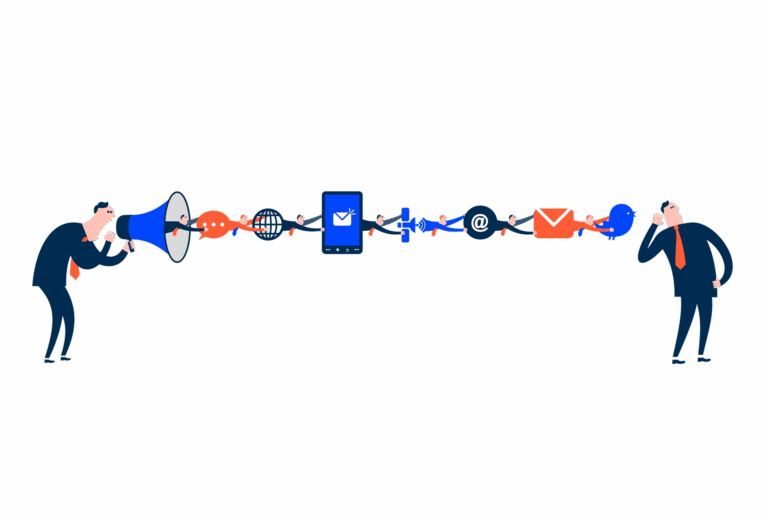Not literally.
Billboards are a high-impact communication vehicle. They are usually well positioned so that messages reach a large number of people exactly at the same time. Having the power to capture attention and fix it in this way is essential for any organization. Some might say they’re out of fashion, but they’re still proving their worth.
Transposing this example to the reality of software development, we’ve all felt that it would often be very useful to have a large billboard to announce a new feature which, besides being eagerly awaited by the market, is a bet by the company. In a time when competitiveness is at an all-time high and betting on features based on artificial intelligence is both the present and the future, it’s important to have a Billboard strategy.
Billboard Strategy
Launching features is not enough. We need users to use them. To do so, it is necessary to explain them in their context, measure them to find out how they are actually being used and then internally evaluate their success. But just like billboards, it’s necessary to capture the user’s attention at different times. And here we enter the area of Product Adoption.
In short, Product Adoption consists of the “AHA moment” when users start using your product for what you built it to do (see more). When we launch a new feature, through product adoption tools we can explain it in the context of the application, speed up the information search and, of course, measure its actual use.
Whether for a current user or a new user, these experiences boost the usage of the product and reinforce adoption, allowing them to clearly integrate into the environment.
1. Create a Billboard
By means of pop-ups, which work like billboards, we will communicate the features and, in short, convey all the advantages and benefits, especially for current users. It will be the 1st point of this strategy because it will simultaneously serve to:
- arouse curiosity
- be the call to action to find out more
2. Realize Billboard
Interactive Walkthroughs are a kind of functional guide to the feature. Created in a step-by-step logic, they show the way to follow, dispel possible doubts and help in filling in the information, as well as encouraging the use of the feature.
3. Always having the anti-hero visible
Help documentation is always the anti-hero. Nobody usually wants to consult it, but it’s always the first lifeline in the event of an error or doubt. It is essential to always have the help documentation in context and always accessible in order to unblock situations that may frustrate users. A simple tooltip on the product is enough. They don’t create visual noise; they are always on the lookout to offer help without forcing the user to act.
Another vehicle will be the Resource Center. Through this flyout, we can insert links, videos or personalized images (by role, product or country, for example).
With these mechanisms visible, users will know where to turn in case of doubt.
4. Impact from day one
The initial onboarding has several goals, starting with introducing the user to the product. Features based on artificial intelligence should be presented at this point in order to captivate their interest. Therefore, we will refer to them in the initial checklist to suggest their use:
5. Measure usage
Features based on artificial intelligence are a strong software investment. It is therefore important to measure their effective use through the following metrics:
- Conversion Rate: the number of users who saw the billboardof the feature and used it;
- Time-to-value: how long it took the user to use the feature. This data will let you know how long it took for the user to understand the benefits of the feature;
- Usage: number of users who use the feature, which options visible in the view they actually use and how often they use them, as well as the average number of sessions per user on that feature;
- Persona: the user’s characteristics (role, country, device type, plan);
Based on these premises, in Fiscal Reporting, for example, we can obtain the following data:
6. Enhance Billboard
After three months, we should analyze the five previous points to see if there is any room for improvement, namely if there is anything that could be causing frustration for users and the consequent non-use of the feature.
In this scenario, we will send out a simple survey, embedded in the application, so that users can freely give their opinion on the feature and what they would add/improve.
Based on the data obtained, it is important to carry out an in-depth analysis to see if the users who have evaluated the feature negatively, for example, use it frequently. This mapping will make it possible to know if the user has actually used the feature they are evaluating, if they use it several times and it doesn’t satisfy them or if they have only opened the view.
Billboard under construction
We are creating this strategy and will apply it when the features are launched. We believe it will contribute to strengthening our knowledge regarding usage habits and contribute to feature adoption.


